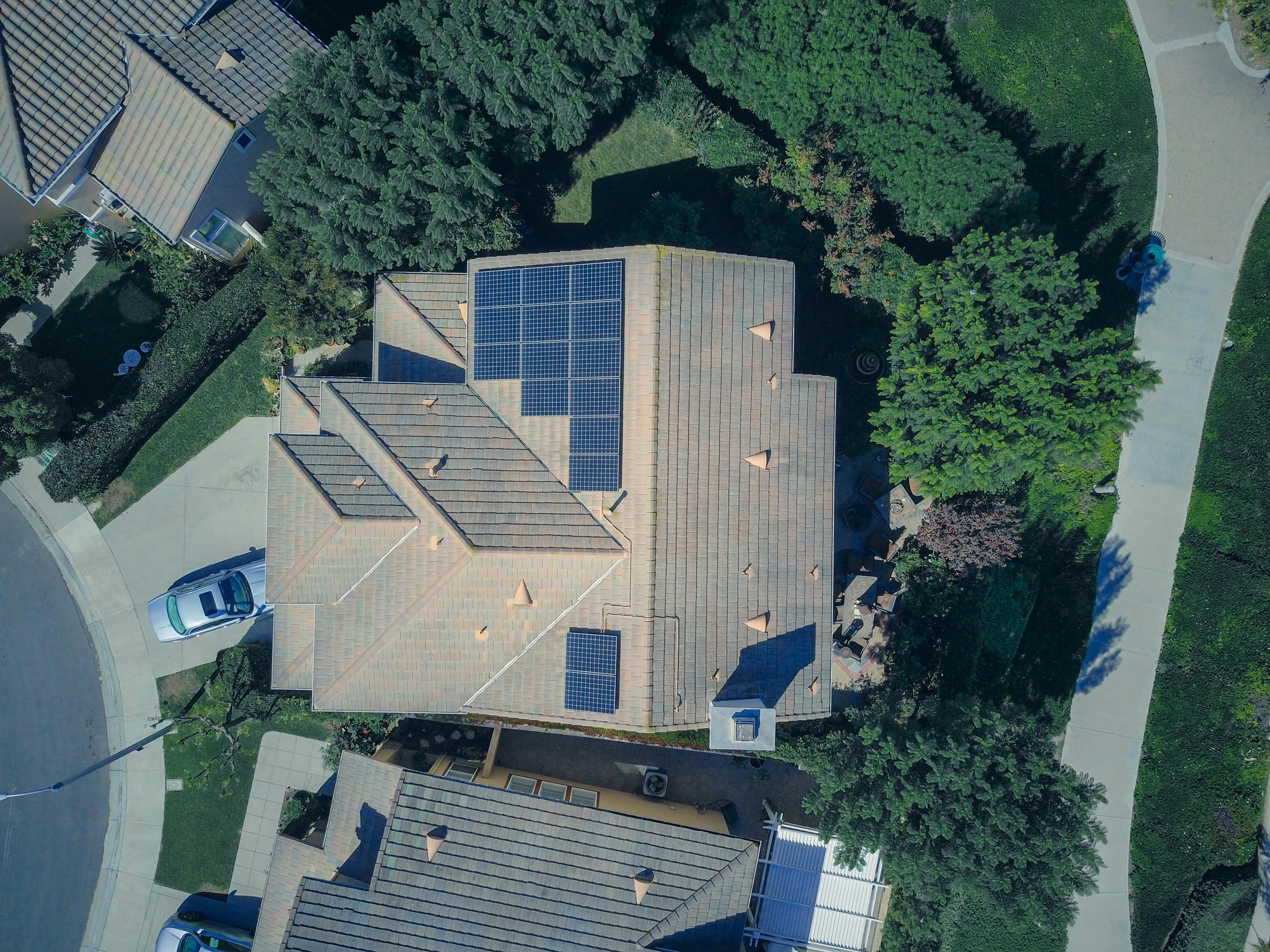Booming Solar Power in Germany: Over 5 Million Homes Harnessing the Sun's Energy
Rapid Growth of Renewable Energy: Over 5 Million Installed Generation Units - Solar installations have achieved widespread adoption - now numbering over five million worldwide.
Solar power has taken Germany by storm, with a staggering 5 million installations reported as of April! This milestone is a testament to sunlight's potential as a clean, renewable energy source.
Carsten Körnig, CEO of the German Solar Association (BSW-Solar), hails this as a "monumental step in the energy transition," making solar power the most cherished energy form among the population. Most of the installed capacity, roughly 104 gigawatts, is on rooftops, be it private homes or commercial buildings, while a considerable portion is on open spaces.
In 2024 alone, around 17 gigawatts were added, equivalent to the capacity of 17 large coal-fired power plants. This surge in solar power generation currently covers approximately 15% of domestic electricity demand.
The Renewable Energy Act, which came into effect 25 years ago, is hailed as the "catalyst for the spike in solar energy" and a significant market driver. Solar power, once considered an expensive satellite technology, has now become the cheapest form of electricity generation on earth.
The 5 million installations encompass a multitude of "solar prosumers," consumers who not only consume electricity but also generate it. The growth of these systems indicates a decentralization of power production, giving more control to the individual.
Improvements in Solar Technology and Policy
Affordable, easy-to-install rooftop solar systems and changes in German policy have facilitated this rapid expansion. These systems, referred to as balcony power plants, offer a cost-effective solution for many households, and their popularity is on the rise.
The season for balcony power plants typically starts in spring, and already in the first quarter of 2024, around 81,000 new installations have been registered, marking a 33% increase compared to the previous year. With this rate, the million mark could be breached this summer!
Germany's ambition to transition towards a greener future and the associated economic growth have fueled investments in solar power. With around 30 million apartments in two- or multi-family homes, the German Solar Association sees ample potential for further expansion in the future.
- Renewable Energy
- Germany
- Energy Transition
- Global Warming
- Photovoltaic Systems
- Solar Power
- Electrical Generation
- Policy Framework
- Fossil Fuels Phase-out
Enrichment Data:The rapid growth in solar power generation in Germany can be attributed to several key factors:
- Favorable policy mechanisms, such as financial incentives, like feed-in tariffs, and supportive legislation, such as the Renewable Energy Act (EEG), initially boosted the adoption of solar power.
- The decrease in solar panel costs and the creation of jobs have made solar power more financially viable, leading to increased investments in the technology.
- Environmentally-conscious citizens and Germany's commitment to reducing carbon emissions and increasing renewable energy sources have driven public interest in solar power.
- The provision of government support and infrastructure funds for renewable energy projects has further contributed to the growth of the solar power industry in Germany.
- The Renewable Energy Act, a significant policy framework in Germany, is credited for being the catalyst that spurred the growth in solar energy and played a pivotal role in the spike in solar energy adoption.
- Affordable photovoltaic systems, such as balcony power plants, offer cost-effective solutions for many households, contributing to the popularity of solar power among the population.
- With the expansion of solar power installations reaching 5 million and a capacity of 104 gigawatts, solar power has become the most cherished energy source, contributing to the energy transition and helping Germany reduce its greenhouse gas emissions.








